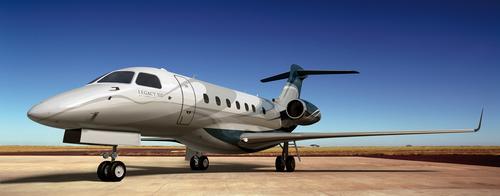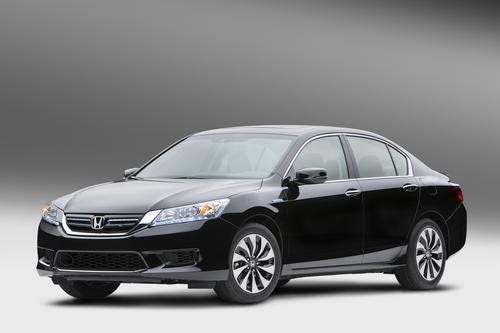October 10, 2014

The increasing need for bandwidth, driven by the growing functionality and popularity of electronic systems within the vehicle, is pushing connector and cable development to new levels. It is no longer an automotive traditional approach of terminal, wire, crimp, poke, seals, and wire harnessing assembly boards yielding endless miles of winding and curving bundles of copper that will deliver luxury to your driveway. Instead, consumer demand and the insatiable desire to bring our 24/7 connected lives into our vehicles has automakers scrambling to distinguish their products -- and the connector and cabling industry looking at product offerings in new ways.
In the automotive world, there are multiple levels of cost and complexity. Each level brings different challenges and disruptions to the more traditional automotive connector systems of generations past. And each level provides a clear separation into five distinct automotive connector trends.

Level 1 is widely recognized as the foundation of decades of automotive connector development and advancements. The traditional "crimp and poke" approach, as it is commonly known, offers a range of terminals meeting OEM preferences and application demands. Terminal post sizes are noted as 2.8 mm, 1.5 mm, 1.2 mm, 0.64 mm, and the newest addition of 0.50 mm. Connector bodies with circuit size variations and a mixture of terminal types bring together family trade names that often become a part of the daily automotive cable and connector lexicon. Sealed and unsealed solutions support signal or power, while plastic features provide keying, terminal position assurance (TPA), and connector position assurance (CPA) with secondary latching innovations. These features combine to meet the specifications of the 'best of the best' connector engineers.
Existing bandwidth demands brought forward technologies such as CAN, FlexRay, or MOST Bus, which have introduced complexities for existing connector and wiring harness investment and infrastructure handling due to twisted pair wires. These technologies have advanced their presence and challenged the wire harness manufacturing processes over the past decade to deliver ever-improving twist methods. The automotive industry has graduated from processes as simple as twisting post-terminated wires, with nothing more than what looks like an industrialized version of a home power drill, to highly automated pieces of equipment delivering very precise twisting and placement of splice connections along the cable run. The new processes are a true marvel of accomplishment, demonstrating what any engineer with enough motivation and desire can deliver. However, the twisted wire approach has only taken the technology up one level of performance into Level 2, essentially combining wire manufacturing processes and demand for twisted pair wire technologies into the same cable and connector systems in Level 1.
At this point it is best to skip to Level 4, in order to clarify some of the challenges of Level 3. Level 4 introduced shielding of cables. Most notable in this category, co-ax cable has faced increasing demands since it was introduced for AM/FM antenna applications. In more recent times, the challenge of shielded differential twisted pair (STP) was thrust on the scene with the introduction of USB. The gateway of electronic devices interacting with vehicles, USB was no longer just needed to recharge devices, but to actually enable the data paths needed to deliver stored digital music, audio books, and other forms of entertainment to drivers and their passengers during daily commutes and cross country travel. The introduction of USB represented the fastest data bus that vehicles had yet encountered. Delivering 480Mb/s of data, USB demanded shielding that traditional Level 1 connectors could no longer provide -- although many tried and fell short despite noble efforts.
Nearly simultaneously (in automotive terms), SerDes (Serializer / Deserializer) technology, so often deployed by the PC and consumer world, burst onto the automotive scene. The consolidation of the rainbow (Red, Green, Blue-RGB) arrived just in the nick of time to drive rear-seat entertainment displays and enhanced center console displays for built-in GPS mapping capabilities. Added demand surged for shielded twisted pair connection systems to enable higher resolutions center stack displays, backup cameras, digital instrument clusters, head-up displays (information projected onto the driver side windshield) and to expand customer convenience port (CCP) access through digital media hubs.
About the Author(s)
You May Also Like





